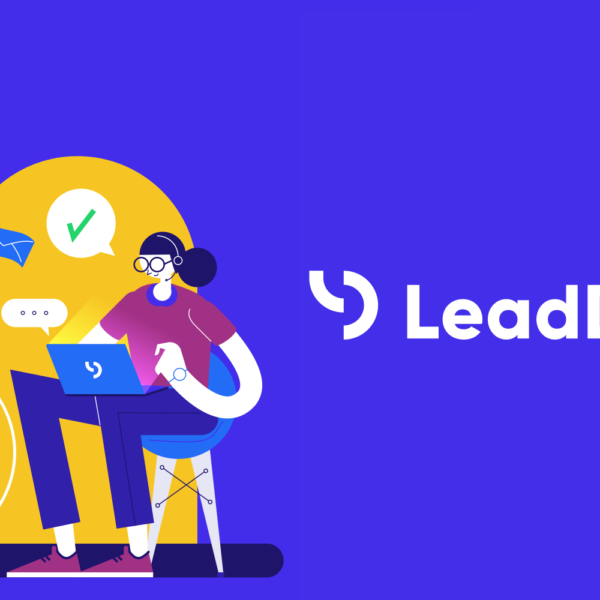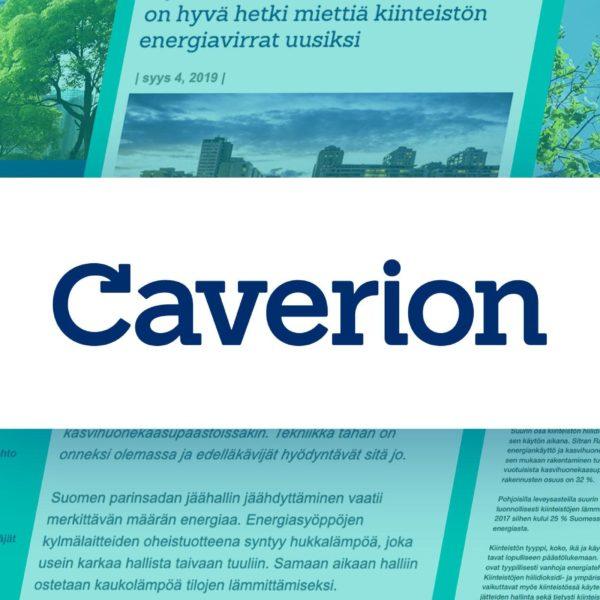Meta advertising
Facebook and Instagram have gathered a massive number of users and data over the years, thus providing a robust foundation for efficient advertising.
Request a quoteFacebook and Instagram advertising reach the largest audiences
Facebook and Instagram are familiar giants of social media advertising, with users and content to cater for all needs. In Finland, Facebook was used by 3.5 million people and Instagram by 2.1 million people in 2021. Facebook and Instagram became Meta platforms at the beginning of 2021 when the parent company Facebook changed its name to Meta.
Facebook and Instagram have been around for so long that the advertising tool itself has undergone many changes. Meta’s advertising management has become much more complex than in the early years, making it challenging to do advertising without professional support.
Although targeting has also evolved significantly on other social media channels (LinkedIn, TikTok, Snapchat, YouTube, Pinterest), Meta is likely to have the largest amount of data available. Meta also offers the most diverse ad formats and the most diverse target audiences: broadly speaking, older users are on text-based Facebook, and younger users on Instagram, which is a more visual platform. For many, groups are an important reason to use Facebook, and the messaging app Messenger also has its users.
The strength of Facebook and Instagram lies in their algorithm. Thanks to the algorithm, each user receives content based on their interests, such as hobbies. Facebook and Instagram are still so widely used mainstream social media platforms that rarely can organisations afford to opt out of them. As organic posts receive very little visibility, paid advertising is practically a necessity.
The carousel ad format on Facebook and Instagram works well in narrative ads because the image can be extended to multiple cards and headline texts.
Facebook and Instagram ad formats
In addition to very common image and video ads, Facebook and Instagram allow you to create horizontally scrollable carousel ads with multiple “cards”. The carousel is a recommended ad format on Facebook and Instagram because it allows for more extensive storytelling than with just one image or video. Narrative content is an effective way of engaging the target audiences.
Story ads fill the entire screen and allow for very creative concepts that can be continued with multiple cards.
It is advisable to design your visual concept for the story ad placement (different from the image or video ad in the feed), as text and brand elements can be added to the full-screen vertical image of the story using versatile visual elements.
The poll feature in story ads is particularly good for campaigns that aim to activate the target audience by asking them to respond to desired questions.
Lead Ads format works well in B2B advertising, i.e., conversion advertising. Lead Ads can include various fillable forms.
How does advertising on Facebook and Instagram work?
Good advertising starts with a solid foundation. Advertising needs to have a clear goal, message, and a target audience. A content strategy can help in creating them. Content that appeals to the target audience and provides added value is the starting point for anything interesting. When the building blocks of content – the what, why, and who – are in order, creating content becomes easy.
Installing a meta-pixel on your website should not be forgotten either. The pixel enables tracking conversions and thus accurately measures the results of advertising. With the information collected by the pixel, advertising can be targeted even more precisely, for example, using similar audiences.
When you begin advertising, it’s important to test content frequently: different target groups, different messages, different images, and different copies. Through result tracking, we can find out what works. Testing is indeed one of the most important factors in good Facebook and Instagram advertising.
One of the benefits of Meta advertising is its comprehensive metric tracking and clear A/B testing of ads. A/B testing can be used to test the impact of only one variable on the results, while all other elements of the ad can be left unchanged. This provides valuable information about which elements work and which do not.
Why get Meta advertising from Paper Planes?
We do advertising that delivers results. Testing and the resulting recommendations for improvement are built into the the way we work. The collaboration between content planning, production, and advertising is well-honed.
Ads are optimized manually every week.
Our named, channel-specific experts are up to date with the latest updates in their responsible channels and share their knowledge with the rest of the team. When doing advertising for our clients, we always take into account the latest opportunities of the platforms.
We don’t just do social media advertising, but always consider the client’s business goals and support the implementation of their strategy. Our team members are experienced multi-skilled professionals with a broad understanding of how different areas of digital marketing support each other.
In many cases, we support social media advertising with search engine advertising and website content production, if we have access to the client’s website management. The synergy between social media and websites – genuine multi-channel planning – ensures that there is always room for growth.
Need help planning and implementing Meta advertising?
Feel free to get in touch with us.
Anu Raitio-Huopaniemi
+358503047222
anu.raitio-huopaniemi@paperplanes.fi
Book a meeting

